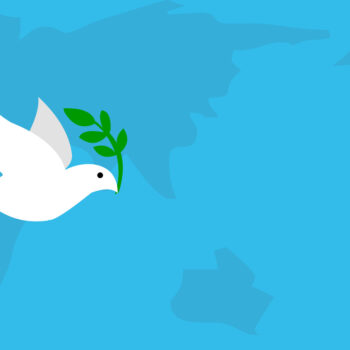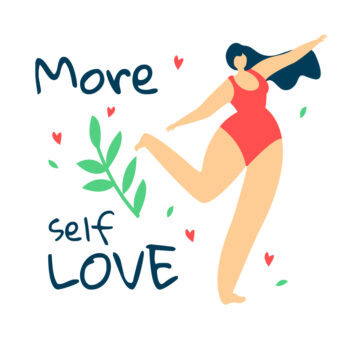By: Tanya Kramer
This day has been recognized since 2012 to raise awareness and organizing regarding the issues faced by non-binary people around the world.
This day was started by Katje van Loon and is symbolic as it lands halfway between International Men’s Day (November 19) and International Women’s Day (March 8). Non-binary Awareness Week starts the Monday prior to July 14th and is a period of time dedicated to people who do not identify with the traditional gender binary.
The term “non-binary” is described by the Human Rights Campaign as “someone who does not identify exclusively as a man or a woman. Non-binary folks may identify as being both a man and a woman or as falling completely outside these categories. Many non-binary people also identify as transgender, though not all do.” The term “non-binary” is described by Stonewall (Pride 2024: Champion of Champions ) “as an umbrella term for people whose gender identity doesn’t sit comfortably with ‘man’ or ‘woman’.
Non-binary identities are varied and can include people who identify with some aspects of the binary identities, while others reject them entirely. Non-binary people can feel that their gender identity and gender experience involves being both a man and a woman, or that it is fluid, in between, or completely outside of that binary.” This day is a day to celebrate non-binary individuals and their contributions. It is also a time to refocus on the important work of securing full protection and rights of our non-binary siblings and friends.
Most countries around the world do not recognize non-binary as a legal gender which means people are forced to identify by the gender assigned at birth in government documents such as a passport, or financial documents such as credit cards or bank accounts. Non-binary people often experience discrimination, prejudice, violence, challenges with healthcare, housing, and employment.
The United States, Australia, Argentina, Bangladesh, Canada, Denmark, Germany, the Netherlands, and New Zealand include non-binary gender options on the country’s passports. In the United States currently, half of the country allows a driver’s licenses to include “X” as a choice for gende. But there is still work to do.
On International Non-Binary People’s Day, we can all engage in meaningful change to be better allies and siblings. According to the website “Many Genders One Voice”
(Non-Binary People’s Day ), and a few other resources, here are some specific ways to make a meaningful change:
- Undertake self-directed awareness and education
- Don’t make assumptions
- Using gender-neutral language whenever possible
- Pronoun confirming, cueing, and correcting
- Don’t ask about the sex assigned at birth (unless necessary for service delivery)
- Take steps to ensure non-binary inclusive service provision in healthcare settings
- Challenge discrimination, take “Right to Be _____” training (Bystander Intervention – Right To Be ) to understand how to stand up for the rights of those being discriminated against
- Support non-binary organizations and initiatives
- Read books, articles, and websites by and about non-binary people – use this link for some suggested books – 8 Great Memoirs Written by Nonbinary Authors | Book Riot
- Compassionately challenge internalized phobias or acceptance of power and control imbalances in relationships
- Understand the impact of previous trauma and discrimination upon people’s current lives and their ability to access safe services. Thank you to Katje van Loon for her work in starting International Non-Binary People’s Day!
Check out this link to learn more about Katje’s story – https://www.bbc.com/news/world-us-canada-62149521












